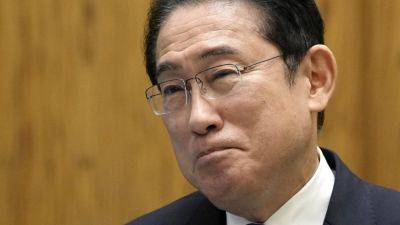Bank of Japan rates pivot cause to cheer in China
TOKYO — Xi Jinping’s inner circle in Beijing is probably breathing a little easier as the Bank of Japan steps away from 23 years of quantitative easing (QE).
On Tuesday (March 19), BOJ Governor Kazuo Ueda ended the globe’s last negative interest rate regime and scrapped Tokyo’s yield-curve-control experiment.
Its new range for policy rates is between 0% and 0.1%, pivoting away from the previous -0.1% target. The BOJ’s step was essentially the smallest it could have taken without upending global markets.
The fact Ueda’s team stresses that credit conditions will remain accommodative suggests this is largely a symbolic move with few big financial consequences. Still, the BOJ’s excruciatingly delayed effort to normalize rates now begins in earnest.
Yet you can bet Beijing is paying close attention. No policy step might generate an economic tailwind for China — and tackle deflation — faster than a weaker exchange rate. Yet President Xi’s team has been reluctant to guide the yuan lower to avoid unnerving global investors.
A top Xi priority over the last eight years has been internationalizing the yuan. Manipulating the exchange rate might squander that progress. And draw Washington’s ire as a contentious US election approaches. Here, the specter of a stronger yen will cheer Team Xi.
To the extent that the BOJ is abandoning its zero-interest-rate policy and yield curve control, “and that this shift is likely to drive the yen higher, Chinese policymakers — and financial markets — can breathe a sigh of relief,” says economist Louis Gave at Gavekal Dragonomics.
As Xi and Premier Li Qiang work to shift growth engines from property and investment to technology and higher-value-added industries, it stands to reason that the market




